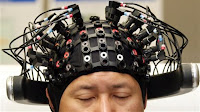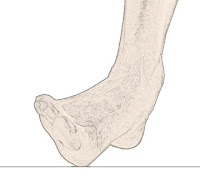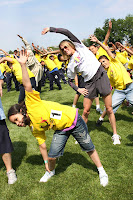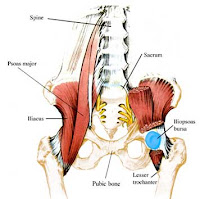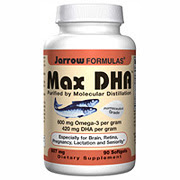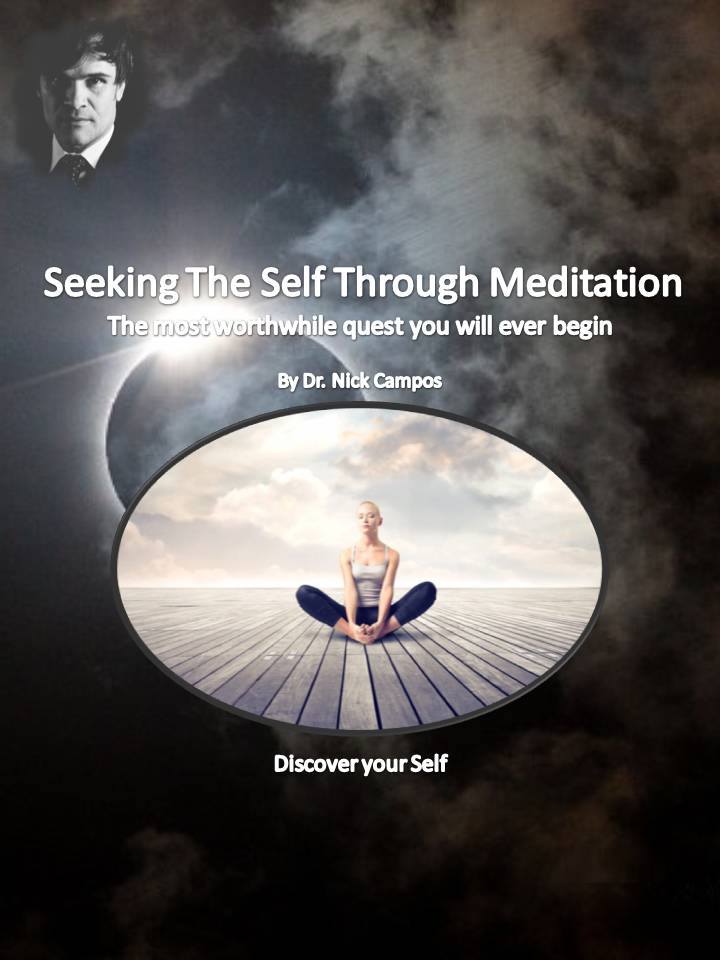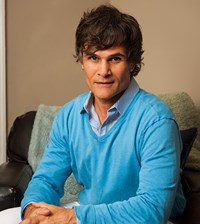My chiropractic clients will tell you that in my office it is adjustments, rehab, stretches, exercises and ice! Ice, cryotherapy, the big word in fitness marketing (my gym has a full-on cryotherapy center) today. Just so you know, I have been pushing ice since before it was hip.
In any case, when it comes to icing injured tissue or body regions, some rules apply. Always remember to watch the clock: I recommend fifteen minutes, then at least ten minutes off if you wish to reapply for another fifteen, that should work fine. Also be sure to put a thin barrier between the ice bag and your skin. I tell everybody this vital precaution every time I recommend icing, especially if that person purchases a bag from me. In fact, no ice bag exchanges hands without my warning…yet, yet, yet…
No matter how much I emphasize this point, there is always one or two peeps out of every ten that will not heed my warning. Why Dr. Campos; why ya gotta put a barrier between your skin and the ice bag? Oh I thought you’d never ask.
Here’s why: Because if you do not put a thin barrier—paper towel, tee-shirt—then you will get burned…literally. Yes ice, like fire, can burn. Ever hear of frostbite? Duhhhh…
Okay, okay, I know many people do not know this; however, do you think it might be important if the doctor takes the time and is adamant about explaining it? Had one client fall asleep on his ice bag for well over the recommended fifteen minutes, and he had a very similar burn as the one pictured above for months afterward. Truth be told, I do not even know if it is gone now…maybe, I hope.
So, yes, please be smart, especially if you must be hip and dip into cryotherapy. Heed my warning and place a barrier between your skin and the ice. The barrier must be thin enough—even jeans work—so that the effects of ice actually get through. So terry towels are too thick; you will never get enough of the ice’s effects if the barrier is bulky. And remember, when icing, you will pass through three stages;
- Cold – the obvious one
- Burning – this is where people, especially those not watching a clock, will pull the ice off. Bad move, you will not get the effects you are shooting for until you reach the next stage
- Numbness – this is where the therapeutic effects—decreased inflammation and pain relief— are occurring.
Please just watch a clock and stick to it through the three stages, use a barrier, and continue the practice for as long as your doctor recommends. Skip any of the three and you risk, at the very least, not getting better, but at worst a burn. Do you really need to experience that to believe what I tell you? Good. Happy icing.
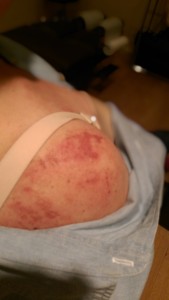

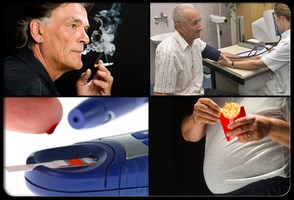


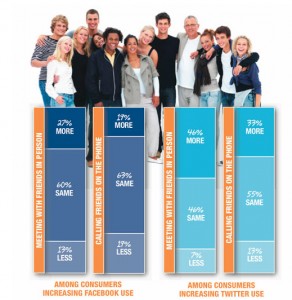
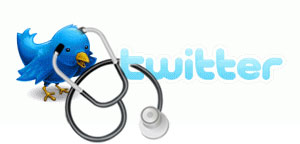
 A common misconception people have about stretching is that it is a passive activity–that is, the muscles should be stretched by using of gravity to pull the muscles. Wrong! In fact, over time
A common misconception people have about stretching is that it is a passive activity–that is, the muscles should be stretched by using of gravity to pull the muscles. Wrong! In fact, over time 


